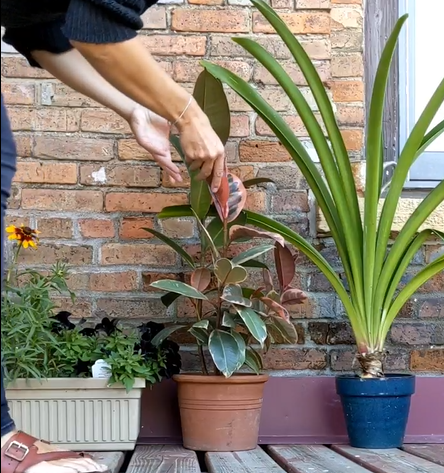
by Drummers Garden Center | Sep 7, 2021 | Houseplants, Plants & Pets, Winter
As the temps start to cool and the leaves start to fall outside, we need to start bringing in your houseplants to create a plant oasis to enjoy all winter long. Once the overnight temps are consistently dropping below 50°F, bring your houseplants indoors to...

by Drummers Garden Center | Jan 3, 2019 | Home Decor, Houseplants, Plants & Pets
It can be a tough time for our plant babies due to the cold, dryness indoors, and lack of sunlight but it doesn’t take much to keep your plants healthy if you know what they are needing at this time. Winter houseplant basic care in the winter is simple and the...




